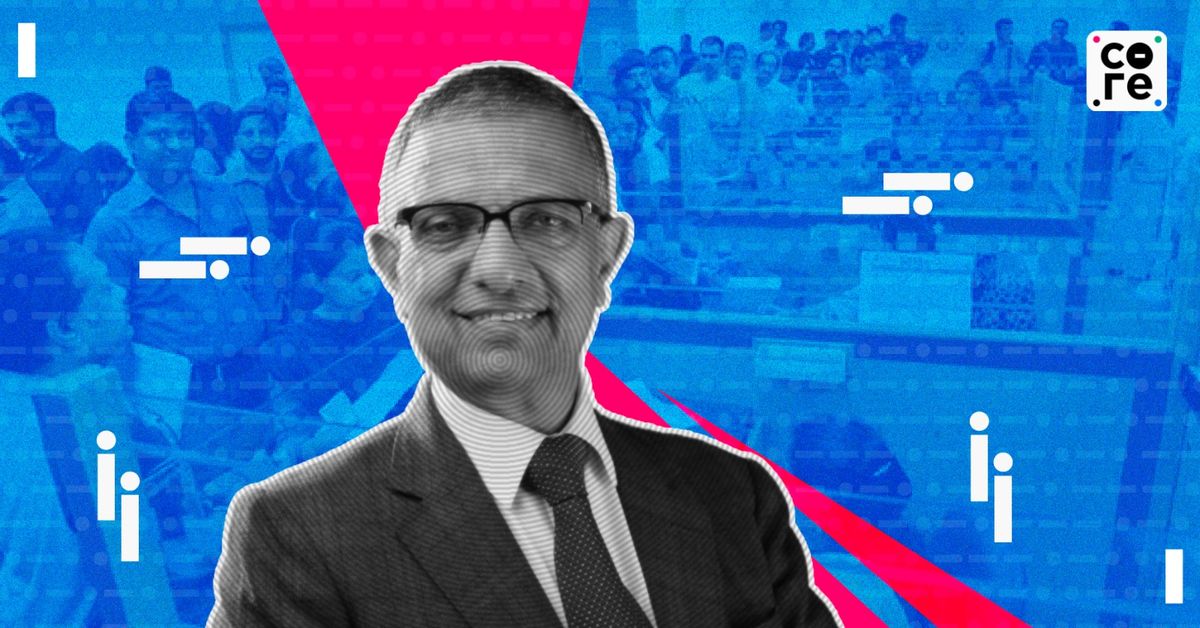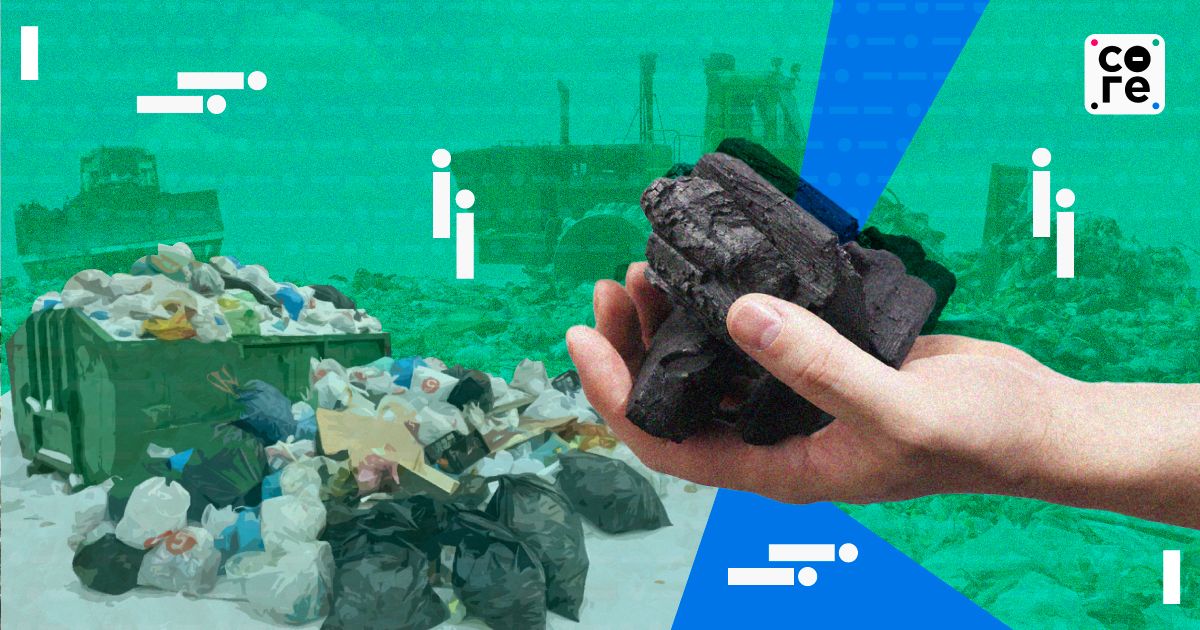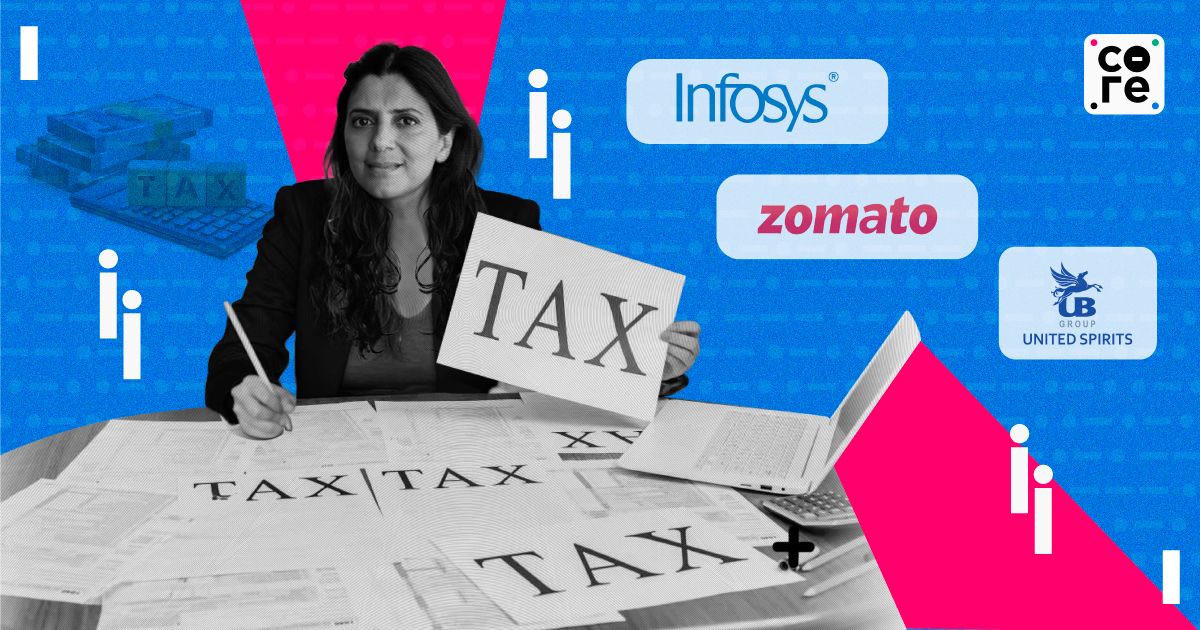Krishna Veni, a 40-year-old homemaker living in the slum near Hyderabad’s Rajiv Gandhi International Airport, does not use payment apps such as Google Pay, PhonePe or BHIM. Not because she does not want to but because she cannot for a simple reason: her mobile phone number is not linked to her bank account, the vital connection underlying India’s famously successful digitalisation technology, the Unified Payments Interface (UPI).
“My bank account is linked with my husband’s phone number. My Aadhaar is also linked to my husband’s number,” Veni told The Core over telephone from Hyderabad.
She is one among the millions of Indians, mostly women, who don’t have their phone numbers linked to their bank accounts. Workers at non-governmental organisations (NGOs), which interact closely with women from economically backward sections, say this isn’t unusual. In most parts of India, the male member’s — husband, son, or brother — phone number is linked to the bank accounts of women, multiple NGO workers told The Core.
“When we reached out to women in parts of rural Telangana and Andhra Pradesh to teach them online banking and how to use UPI, the male members were very sceptical. Their families don’t want their phone numbers linked to bank accounts,” said P Pavani who works on financial inclusion and women’s financial literacy. “Banks also don’t help these women understand the online banking system. They don’t even insist they link their own phone numbers.”
Financial inclusion in rural India is hitting a wall. The trinity of the Pradhanmantri Jan Dhan Yojana (PMJDY) no-frills bank accounts, Aadhaar for identification, and mobile phone for transactions — shortened into the catchy acronym, JAM — was one of the earliest initiatives of the Narendra Modi administration when it first came to power in 2014. Ten years later, as the prime minister prepares to stake claim for a third five-year term, the flagship financial inclusion project is still a work in progress.
A fifth of the bank accounts are dormant, digital linkages are broken, and millions of beneficiaries, especially women, still remain on the margins of India’s much-touted digital transformation. Minister of State for Finance Bhagwat K Karad told Parliament that as of December 6, 2023 out of 10.34 crore inactive PMJDY accounts, 4.93 crore were held by women.
India has the highest proportion of inactive bank accounts globally, at 35%. According to the World Bank’s Global Findex Survey 2021, 32% of women-owned bank accounts in India are inactive compared to 23% of men. Being excluded from banking in general, and payment systems in particular, also hurts women entrepreneurs who own small businesses. They are forced to rely on intermediaries raising the cost of doing business for them.
About 90% of the women entrepreneurs in India have not been able to avail themselves of finance from formal financial institutions such as banks, revealed a 2022 study by the World Bank Group. This is at a time when the proportion of self-employed women in the workforce jumped from 60% in FY22 to 70.1% in FY23, according to the newest round of the Periodic Labour Force Survey 2022-23.
No Smartphone, No Access
That gender-based social norms hamper the financial education and inclusion of India’s women is well known. A deeper look reveals that the gender divide also extends to digital devices. The mobile phone is at the centre of the government’s attempts to lower costs and improve the delivery efficiency of its financial support and services through digitalisation. Yet, it is the mobile phone number that keeps women out.
“Majority of the women in rural areas don’t have a smartphone. Even if some have a smartphone, they fail to use UPI due to the complexity involved. For using UPI, the phone number needs to be linked to the bank account and the complexity involved in that is out of their ambit for doing financial transactions,” said Rajendran Narayanan, a founding member of LibTech India, a company working on the penetration of digital inclusion in rural India.
The Annual Status of Education Report (ASER) released in January 2024 showed that 43.7% of men in rural India owned a smartphone in 2023 compared to only 19.8% of women. “If you don’t even own a smartphone and you are dependent on someone else, then there is a social norm that prohibits women from being a part of financial activities,” said Narayanan.
A 2023 Counterpoint Research study found that approximately 290 million people in India used feature phones.
In 2016, Reliance Jio helped speed up Internet penetration in India with its free data plans. It led to a rapid increase in smartphone adoption in the next few years but is now hitting a plateau. The JioPhone, introduced in 2017 as a 4G-enabled feature phone, aimed to transition feature phone users to smartphones with a bundled device-and-data package priced at Rs 4,499, however, was a failure. It launched the Jio Bharat phone, priced at Rs 999, to attract the 250 million users still on 2G networks. That did not work either. Reliance Jio is now pushing for a complete shutdown of the 2G and 3G networks to minimise costs and shift their users to 4G and 5G networks. It even wants the government to subsidise users to switch from feature phones to 5G-enabled smartphones.
Be it Aadhaar-enabled banking or UPI, customers’ phone numbers must be linked with their bank accounts. It’s worse for women when there are intermediaries involved. Roughly one in three rural women in Rajasthan experienced difficulty linking their Aadhaar to their bank account. That ratio was one in five in Jharkhand and about one in 14 in Andhra Pradesh, Libtech India found in a survey.
“Most rural women don’t have the formal training to use digital banking facilities. So, we have seen that in some rural areas in North Bengal, Coochbehar (West Bengal), often there is a middleman involved who registers their mobile number with the bank account of any customer, who is usually illiterate and poor,” said Saptarshi Roy, associate professor at St Xavier’s College, Kolkata, who works on rural banking and financial inclusion. “Then, even if they are using the account for money laundering or any other activities, the customer is not able to figure it out.”
Often women who run small businesses — like roadside tea stalls and vegetable vends — receive customer payment through UPI into a middleman’s account. “We have seen that in such cases, the middleman has asked the women to use the UPI (as they have their phone number linked to the account) and then they charge a certain percentage to hand over the cash to them,” said Navika Harshe, an independent policy consultant for digital inclusion plans in the finance sector.
Priyanka Bhatia, co-founder of Women On Wealth, an organisation working for women’s financial literacy, told The Core that in low-income households it is usually the school or college-going children who have smartphones. This is because they needed smartphones to attend online classes during the pandemic.
According to the World Economic Forum, the share of low-income, low-education households, that purchased smartphones for their children to attend school, jumped from 5% at the start of the global shutdown to 26.8% at the reopening. Yet, the usage of smartphones remained restricted to children.
Government Failing On Financial Inclusion Plans?
Another pain point is something as ordinary as an ATM or debit card. Banks are reluctant to issue debit cards to PMJDY account holders. Until last year, a debit card was necessary to link an account with a UPI payment app. Although the National Payments Corporation of India (NPCI) changed that and now users can link their Aadhaar numbers, all banks have not implemented it. Banks, which are inherently risk-averse, hesitate to issue debit cards or offer digital banking services to customers due to security concerns.
“For PMJDY accounts, the first debit card is free, but there is an annual charge involved for the following debit cards. This annual charge needs to be auto-debited from the account. The majority of the accounts don’t have adequate balances to support the auto debit facility. Thus, even banks don’t encourage issuing debit cards against Jan Dhan accounts,” said a senior official of Bank of Baroda, requesting anonymity.
Another issue for banks is the misuse of overdraft facilities provided through PMJDY accounts. The PMJDY scheme offers an overdraft option of Rs. 5000 per household, accessible to one account holder per family. However, banks are concerned that women are frequently unaware of this provision, leading to potential misuse facilitated by intermediaries.
“Often the customers are not aware of the facility and the middleman involved registers a UPI using their number and uses the overdraft facility. What we fear is that such accounts may become non-performing assets, as we have seen some cases where the customers were not aware and the amount remained unpaid,” said a senior official from the rural banking department of Indian Bank.
The government advocated for PMJDY without establishing adequate policies to ensure its effective implementation in a country as diverse as India. According to a study by the Observer Research Foundation (ORF) released in December 2022, one in five women in India still does not have access to a bank account.
“There is no way a bank can verify if the mobile number submitted belongs to the customer or not. Thus, wrong data is being submitted to the bank (with the middleman submitting their number). There should be a regulation where the banking system should not allow numbers to be registered unless the number belongs only to the customer,” said a former member of the Financial Inclusion Advisory Committee of the Reserve Bank of India, requesting anonymity.
One of the best ways to help women be actively involved in financial inclusion is to have more banking correspondents (BCs). Narayanan said women preferred reaching out to banking correspondents and visiting the branch to complete their banking transactions. Banking correspondents could help these women bypass the complexities of banking, as often rural women find it difficult to grasp the fundamentals of banking. However, women face challenges here as well. One in three women had to pay commissions to the customer service points (CSPs) or banking correspondents to withdraw salary. In Jharkhand, 45% of the users reported that they had to pay to withdraw wages, according to research conducted by the firm LibTech India.
The LibTech report suggests creating accountability structures for every intermediary, including UIDAI, banks, and CSPs/BCs, and subjecting them to social audit.
“There is a heavy reliance on telecom now but rural populations or those from lower economic strata are not able to be a part of financial inclusion through this. The better way to make them a part of the financial inclusion plan is to have more employees at the bank branches who can help these people with transactions. But at the same time, there needs to be an accountability framework for them,” said Narayanan.
Another important challenge is comparatively lower digital literacy in women than men. Their unfamiliarity with using applications, setting up accounts, or conducting transactions prevents most women from using UPI. “Instead of simply focusing on improving the infrastructure and expanding banking networks, we must overcome the cultural barriers and educate people residing there,” said Atish Shelar, chief operating officer, of TechFini, a fintech that works with NPCI on financial inclusion.
Also Read: What Is The India-China Investment Rebalancing All About?





